A Jaguar and Her Cubs from Belize – Bart Harmsen (2016)
In this short observation we see a rare sequence of footage recorded by the researchers working for the conservation program Jaguar Corridor Initiative. These particular observations were captured in Belize but the conservation program covers much of the jaguar range in 14 states including Argentina, Belize, Bolivia, Brazil, Colombia, Costa Rica, Guatemala, Guyana, Honduras, Mexico, Nicaragua, Panama, and Venezuela. Jaguar is an elusive top predator of the neotropical forests. Observations of reproductive females and offspring numbers are very valuable in […]

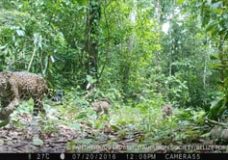
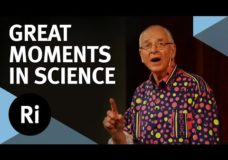
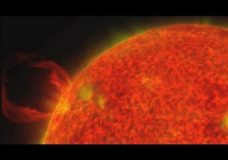
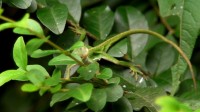

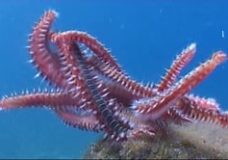
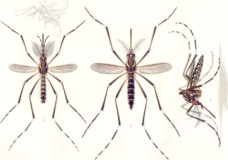
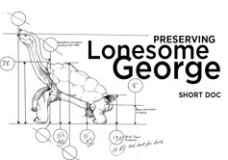

Recent Comments